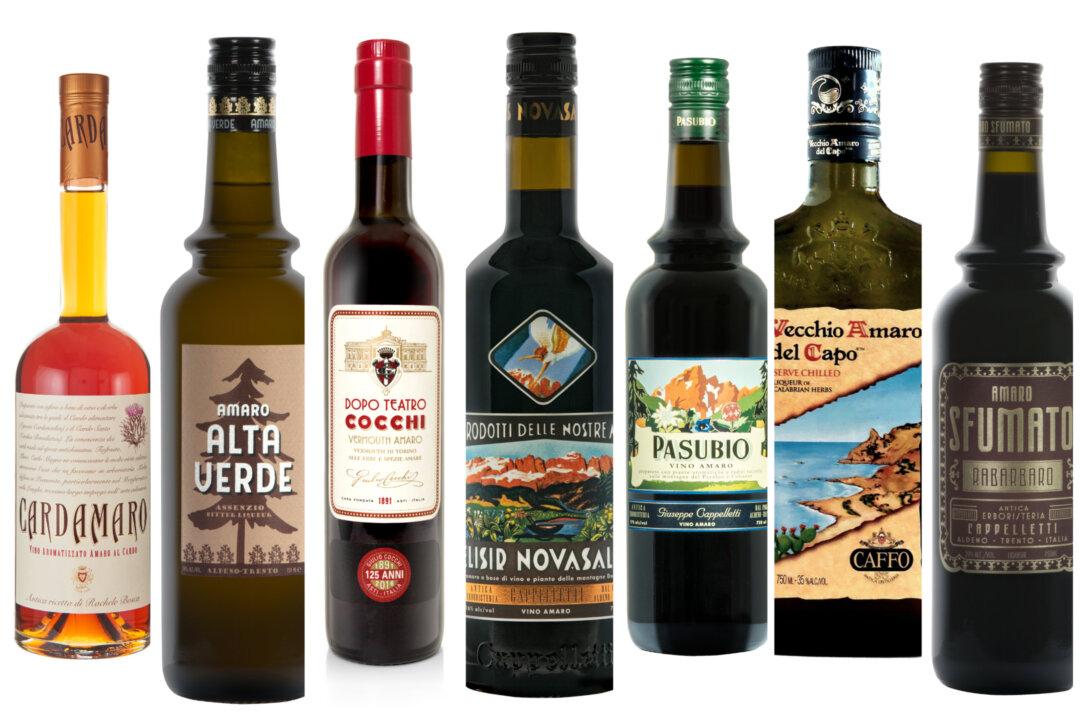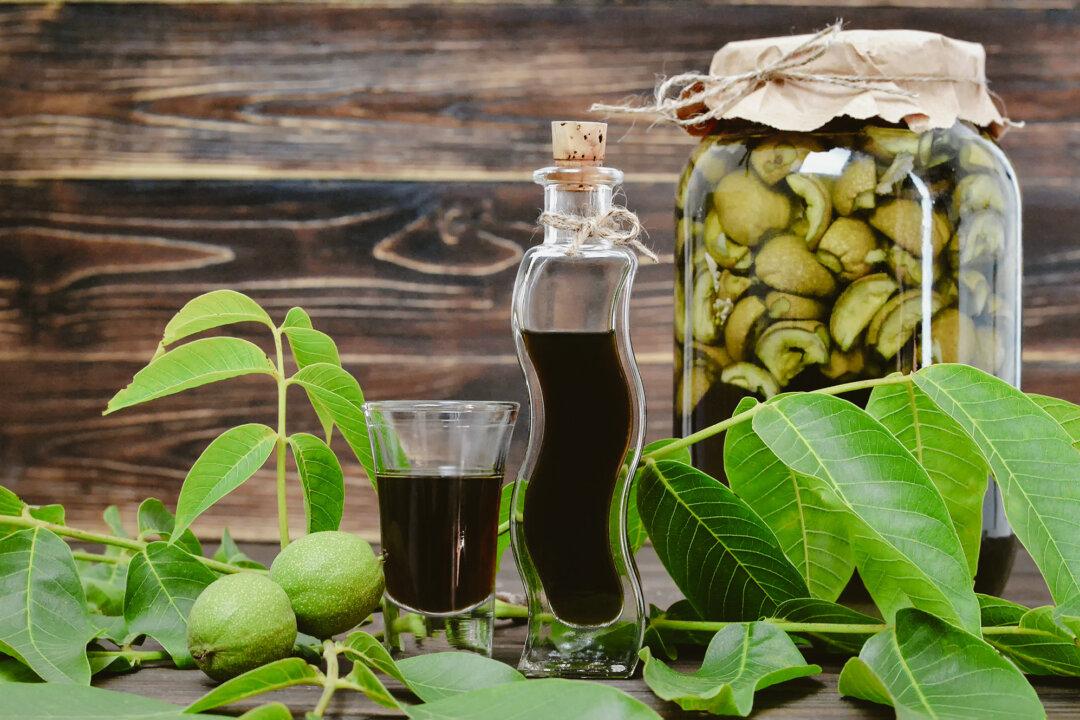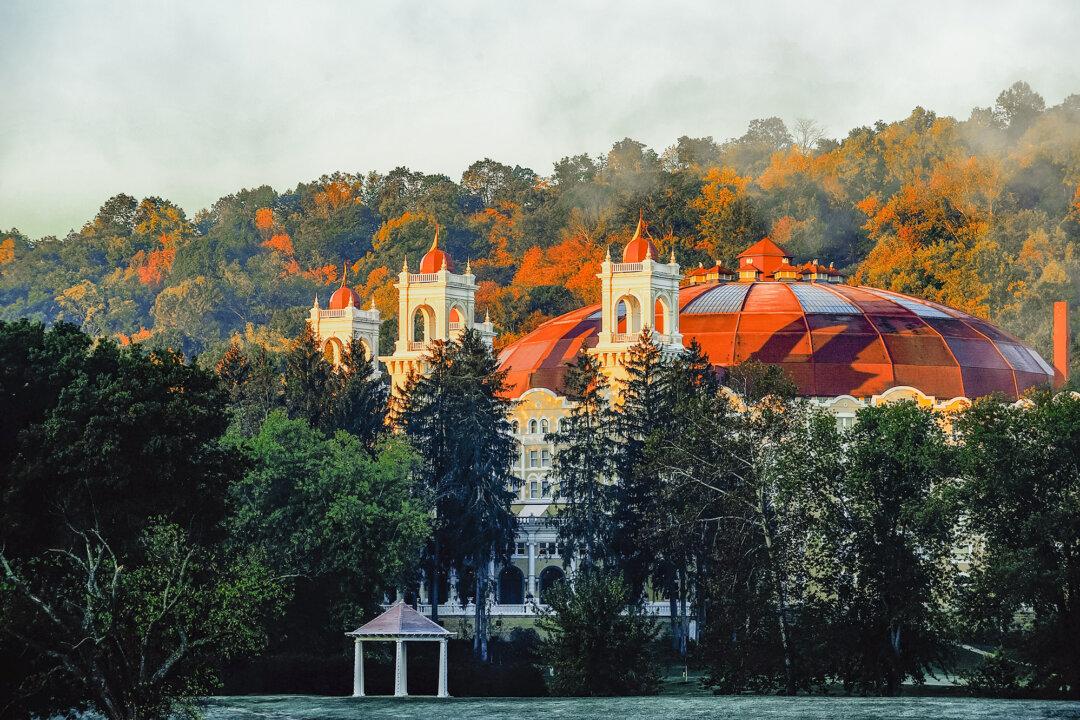When I took a teaching job in Italy years ago, I learned right quick to eat long, wonderful, late-night dinners that left one happy—but sometimes uncomfortably full. Fortunately, the Italians have a cure: amaro (plural is “amari”), meaning “bitter.”
These digestives, which were originally wine-based but are now often made with neutral spirits, bring together a couple dozen or more regional herbal ingredients—secret recipes!—with varying degrees of bitterness and a sweetening counterbalance. Every region or even town seems to have its own favorite. They bring quick relief from a big meal—something to think about with Thanksgiving coming up.





